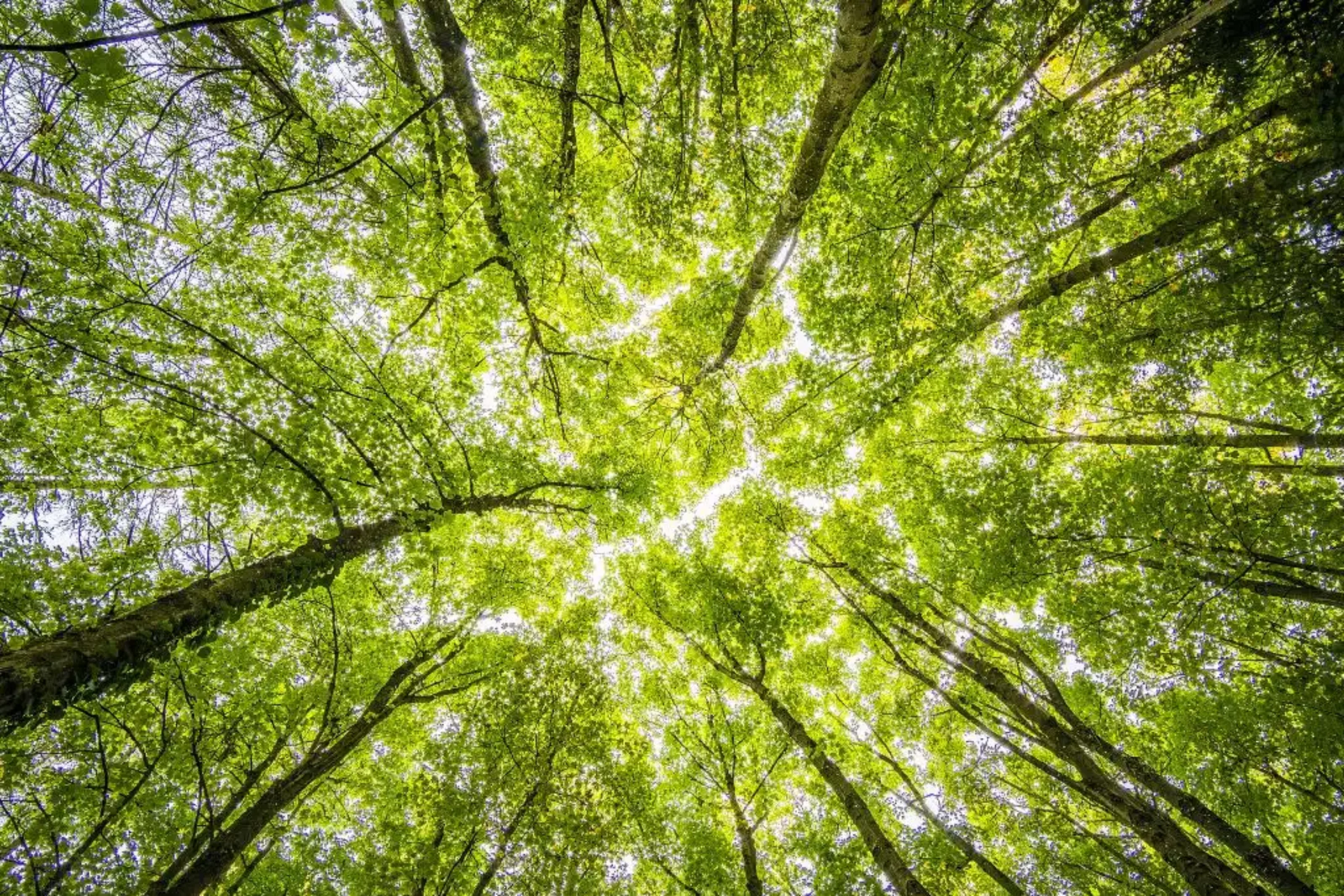
The world faces multiple challenges: climate change, food security, loss of biodiversity, and rural poverty. Several new technological strategies have been introduced to address climate change. They include solar and wind power, solar and wind, enhanced conservation and input use efficiency, increased recycling, reallocation of production practices, and land use. However, these activities may not be sufficient to meet the target of containment of greenhouse gas emissions and adaptation to climate change in time. Another important element of a comprehensive adaptation framework is the development of the bioeconomy. The bioeconomy taking advantage of the capabilities of the life sciences and other sciences and utilizing renewable natural resources, including land, water, forest, fisheries, crops, and livestock.

Source: NREL
The traditional bioeconomy is familiar to all of us. It has been the dominant sector of traditional economies for nearly as far back as we can trace food markets, historically utilizing domestic animals for transportation and power. Agriculture and forestry are major elements of the bioeconomy. The traditional bioeconomy used fermentation to produce cheeses and kimchi, preserve meats, and produce bread. Beer, wine, and other alcoholic beverages are also major products of the traditional bioeconomy. The modern bioeconomy relies on recent discoveries in the life sciences, including sequencing, marker assistance breeding, genetic selection and manipulations, gene editing, and RNAi, among others. The modern bioeconomy contributes to improving the productivity of agriculture, fishery, and forestry, enables the production of biofuels and fine chemicals, contributes to the production of new medical treatments and medicines, and provides new mechanisms for conservation and recycling. The modern bioeconomy plays a major role in the transformation of an economy that relies on nonrenewable resources to a renewable economy.

Source: Dreamtime
The bioeconomy is in its infancy. While the 20th century benefited from the major discoveries in physics of the 19th and early 20th centuries, the 21st century is likely to benefit from the revolutions in biology of the 20th and 21st centuries. The medical field has benefited from new life science capabilities that helped deliver new cures and vaccines. New capabilities have enhanced agricultural productivity, but regulations have limited the utilization of new biotechnology capabilities in agriculture. As discoveries are made and new capabilities developed, policymakers are challenged to introduce regulation that balances expected benefits with risk and allows the humanities to take advantage of new capabilities. The capacity of the bioeconomy is likely to go beyond medicine and food. We already have multiple bioproducts that can replace plastics. Improved biofuels will power aviation and other transportation. Insects and other organisms can consume waste products and are new sources of protein to feed humans, pets, and fisheries. The bioeconomy is likely to produce new opportunities to sequester carbon; photosynthesis is a most powerful mechanism that converts carbon dioxide into living organisms, and fast-growing plants, algae, insects, and other creatures may serve as “lungs” that will purify the atmosphere from excess carbon.
Taking advantage of these opportunities requires more investment in research. We have developed new tools and knowledge, and research would allow us to utilize them to meet the greater challenges of our time. University research makes basic discoveries and the initial development of new technological capabilities. However, university research is the first stage in the innovation supply chain, as development efforts and upscaling, frequently done in industry, convert new ideas to new implementable innovations. The offices of technology transfer in the university contribute to establishing university-industry partnerships that can build on new academic knowledge to provide new industrial capabilities. Industry, supported by public sector resources and incentives, can develop product supply chains to implement this innovation to provide new economy-wide solutions to major problems. With the bioeconomy, taking advantage of university knowledge and smart government policy, we see the potential for more efficient and green agriculture that will produce more than less and avert the risk of food insecurity globally. We believe that new bioeconomy capabilities can be spread globally to allow developing countries to address their food challenges and utilize their resources more effectively to increase human welfare. Increased productivity of food production, enabled by the bioeconomy and spread globally, would reduce the footprint of agriculture and farming, and enhance the preservation of biodiversity. As mentioned earlier, the bioeconomy will provide new avenues for decarbonization and lead to an emerging source of income for the rural community. The bioeconomy, combined with solar energy, can provide the resources to address the challenges of rural poverty and enable the transfer of some of the income allocated to non-renewable resources and their owners to the rural communities.
While the challenge of developing the bioeconomy is global, California can and must play a leading role. We have leading research institutes, a capable agricultural industry that overcomes constraints of water availability and climate to be world-leading, and populations concerned about climate change, food security, and biodiversity. California has pioneered many new industries, from the film industry to computers to biotech and electric cars. The tradition of collaboration between California universities and the private sector, the capacity to produce start-ups, and the investment in risky frontier activities would lead California to be upfront in the bioeconomy and contribute to addressing some of the major challenges of our time.

Source: palebluedot

